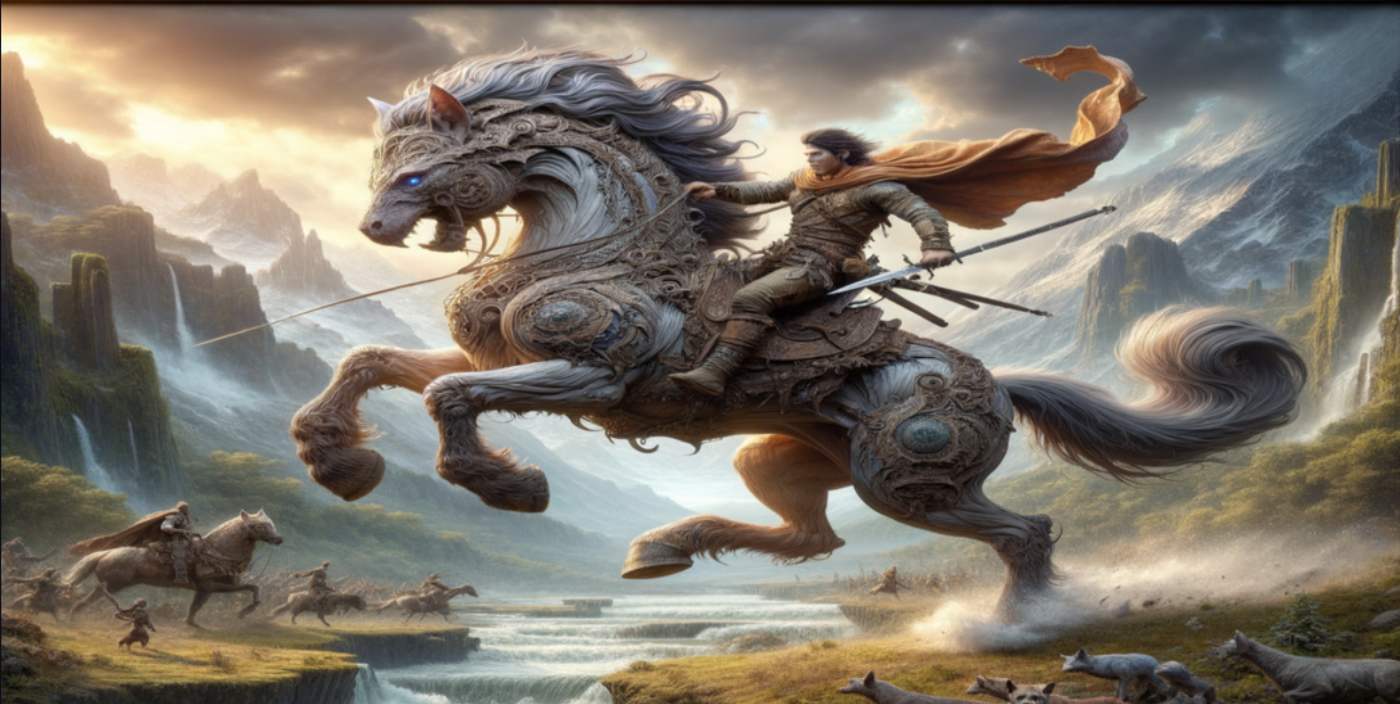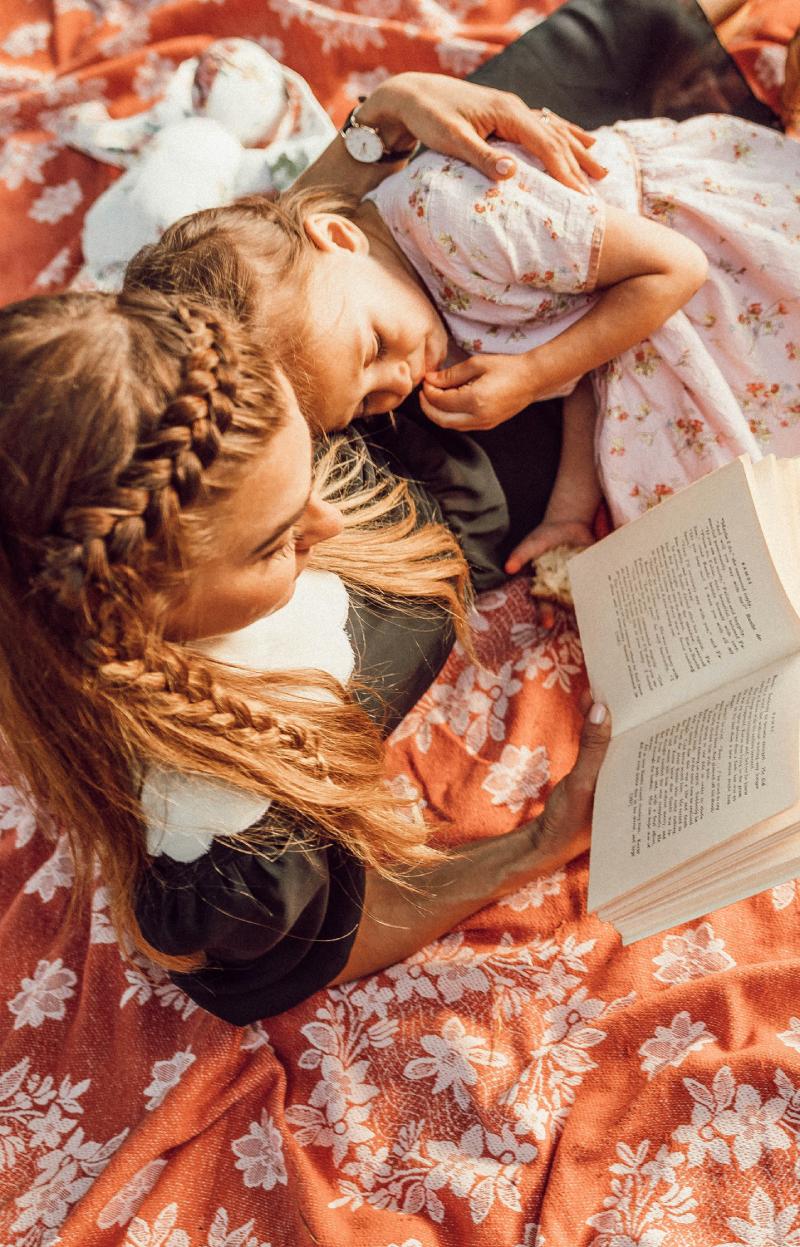The Enduring Magic of Heroes and Monsters

In the enchanting realm of children's fairy tales, where imagination knows no bounds and whimsical worlds come to life, a timeless battle unfolds between two iconic forces: heroes and monsters. These tales, woven with magic and wonder, have been captivating young minds for generations, imparting valuable lessons, igniting creativity, and instilling a sense of morality. As we embark on this journey through the pages of folklore and fables, we delve into the heart of the age-old conflict that shapes these narratives - the clash between the virtuous heroes who embody bravery and the formidable monsters that embody fear.

Heroes in Children’s Fairy Tales
Characteristics of Heroes
Across time, heroes emerge as luminous paragons of virtue, transcending the pages of storytelling to become beacons of moral guidance that resonate through eras. King Arthur, with his noble leadership and commitment to justice as depicted in medieval literature, serves as a timeless example, inspiring individuals to uphold moral principles and strive for fairness.
Whether adorned in medieval armor or humble rags, heroes rise from obscurity, reinforcing the enduring belief that greatness can emerge from any background, becoming a source of inspiration for generations.
The motif of humble beginnings persists, echoing the universal human path of self-discovery symbolized by heroes embarking on transformative quests. Whether battling dragons in ancient epics or conquering personal fears in modern tales, these quests mirror life’s challenges, serving as metaphors for the universal human path of self-discovery and growth.
Heroes Quests Over Time
Transformation Through Ages: The hero’s metamorphosis, a narrative thread woven through ancient myths and medieval romances, reflects the perennial human odyssey of growth. Whether it’s the chivalrous pursuits of medieval knights or the classical heroics of ancient civilizations, these transformations echo the timeless rhythms of self-discovery.
Trials as Timeless Allegories: Trials faced by heroes, intricately crafted through the ages, metamorphose into allegories for life’s challenges. The battlefield may shift from ancient Greece to medieval Europe, but the essence remains—a hero’s journey mirrors the labyrinthine voyage from childhood to adulthood.
Guidance Across Centuries: Mentor figures, weathered by time yet eternal in wisdom, traverse epochs to guide heroes. From ancient sages to medieval wizards, these mentors impart timeless lessons, emphasizing the importance of sagacity in navigating life’s multifaceted terrains.
Cultural Variations Through the Ages
Ancient Worldview in Greek Myths: Ancient Greek heroes faced trials imposed by both mortals and gods, exploring the delicate interplay between fate and free will. The worldview of ancient civilizations permeates these stories, emphasizing themes of destiny and choice.
Chivalric Values in Medieval Tales: Heroes in medieval tales, such as King Arthur’s knights, embarked on chivalric quests that reflected the societal values of honor, bravery, and courtly love prevalent during that era.
Renaissance Realism in Fairy Tales: During the Renaissance, fairy tales took on a more literary form, blending moral lessons with fantastical elements. These tales reflected the changing intellectual landscape of the time, introducing a sense of realism into storytelling.

Monsters in Children’s Fairy Tales
Characteristics of Monsters
Over time, monsters have been more than just scary creatures—they symbolize the spooky and unknown parts of our imagination. In ancient stories or 19th-century horror tales, creatures like dragons or werewolves embody our darker thoughts. For example, in ancient Greece, the Chimera, a fire-breathing monster, represented chaos and destruction.
In the 19th century, gothic tales featured shape-shifting creatures like Dracula, reflecting fears of the unfamiliar. These monsters tap into basic fears shared across cultures. Beyond the fright, monsters also carry deeper meanings. In some stories, they represent societal fears, like the fear of the unknown in Mary Shelley’s “Frankenstein.”
Other times, they serve as warnings, like the werewolf symbolizing the consequences of giving in to base instincts. As times change, so does the symbolism, providing a unique glimpse into the fears and concerns of different eras.
Monstrous Antagonists Over Time
Ancient Epics & the Unknown: In ancient epics, monstrous creatures represent the chaos and the unknown that early civilizations grappled with. Whether it’s the serpent of Eden or the Gorgon’s petrifying gaze, these creatures embody the primal fears and mysteries of the ancient world.
Medieval Bestiaries & Allegorical Creatures: Medieval bestiaries, those illuminated manuscripts cataloging real and mythical creatures, bridge the realms of natural history and allegory. Monsters, depicted with curious combinations of animalistic and fantastical features, become vessels of moral lessons.
Gothic Symbolism in Romantic Literature: Monsters of the Gothic and Romantic eras transcend the realm of the supernatural. Going back to “Frankenstein,” the physical deformities of the monster symbolize the societal anxieties surrounding scientific experimentation.

Heroes & Monsters Over History
Across diverse cultural narratives, the portrayal of heroes and monsters in fairy tales reveals nuanced characteristics and underlying themes.
In Greek mythology, heroes often emerge as demigods, embodying a harmonious blend of extraordinary physical strength and strategic intellect. Their quests are fraught with intricate challenges, testing not only their courage but also their moral fiber. Greek monsters, on the other hand, assume fantastical forms, serving as embodiments of chaos and presenting moral quandaries for the heroes.
In Arabic tales, heroes often possess striking physical attributes, such as regal stature, expressive eyes reflecting wisdom and courage, and attire adorned with intricate patterns symbolizing cultural identity. Alongside these heroes, Arabic tales feature diverse monsters, including jinn, ghoul, and Ifrit, characterized by special physical attributes, magical powers, and malevolence. These creatures pose significant challenges for the heroes, contributing to the richness of these captivating narratives and emphasizing the virtues of courage, wit, and righteousness.
Chinese narratives often feature heroes with martial skills, who embark on journeys encountering wise mentors and mythical beings like dragons. These creatures embody dualities of benevolence and malevolence, testing the hero’s physical and moral strengths.
African folklore often features heroes, such as trickster figures, employing wit and cleverness to navigate challenges. The monsters they encounter symbolize the unpredictability of nature, taking on various forms and representing the heroes’ need to respect and adapt to the natural world.
Literature & Film Today
Contemporary literature and film continue to redefine and reimagine traditional fairy tale elements. Authors and filmmakers explore complex characters, offering nuanced perspectives on heroism and villainy that align with contemporary societal values.
As we traverse the enchanted realms of children’s fairy tales, the enduring magic of heroes and monsters becomes a testament to the universal power of storytelling. These archetypal figures, shaped by historical contexts and cultural shifts, serve not merely as vessels of entertainment but as mirrors reflecting the essence of the human experience, ensuring the relevance of these stories for generations yet to come.




